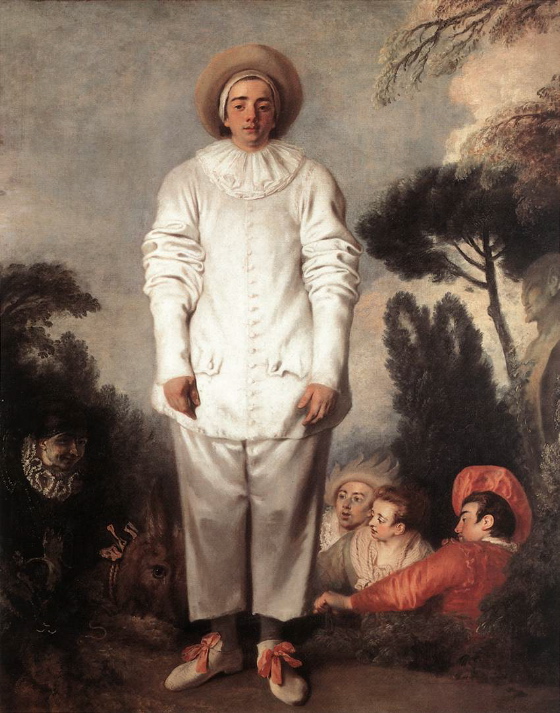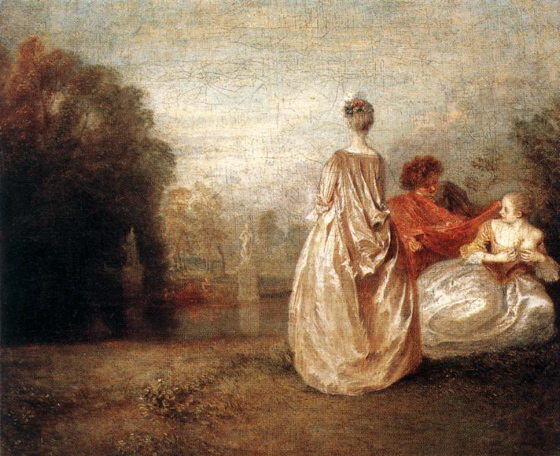
The most erotic oil painting I ever saw — the only one that ever made me . . . tense (as my friend Kevin Jarre used to put it) — was by Jean-Antoine Watteau, the 18th-Century French painter. It was a small, uncelebrated work in a big show of Watteau’s paintings at the National Gallery in Washington in the 80s. It showed a half-clad women sitting on the edge of a bed, seen from behind. Its focus was on the line of her neck and back — the luminosity of her flesh drew one into the space of the painting as one might be drawn towards touching the woman.
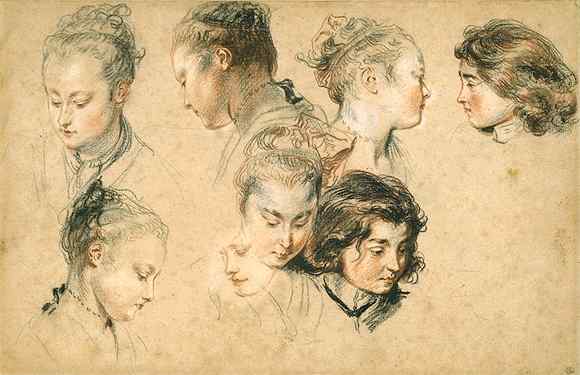
Watteau was the poet of women’s backs and necks — of the half-clad female form. In his portraits of women it is always the inclination of the body which suggests a sexual, an erotic mood. What’s startling about his women is that they do not seem to be posing for men, but responding to inner passions — in a manner that is vexing but never teasing. Watteau’s whole world is invested with this delicate current of inward pleasure, of the small gestures, even in social gatherings, which resonate with sensuality, with foreshadowings of physical abandon.
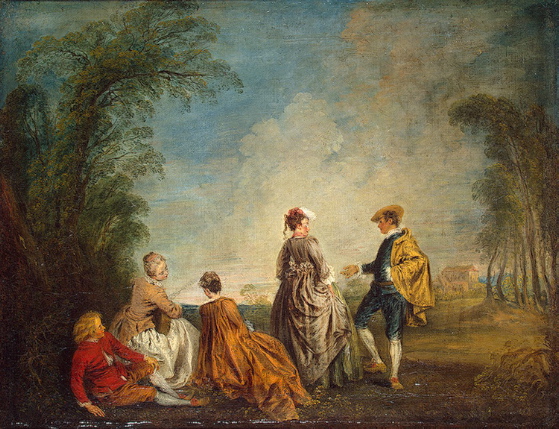
There is no repression in this — just a kind of delicate, subtle foreplay. It has the aura of an exquisite, complicated game. It is theater — both preposterous and sublime. Watteau was interested in the theater, as well as in civilized flirtation, and seemed to see a link between them — but there is a great sadness in his theatrical paintings. His Italian Comedy players, his Pierrots and Harlequins, have a goofy kind of despair — tragic eyes. In this his vision achieves its grandeur and gravity — as he concedes that the sweetest things of life, than which there is nothing sweeter than the line of a woman’s throat, are mortal, will fade, will die, as passion expends itself in satisfaction.
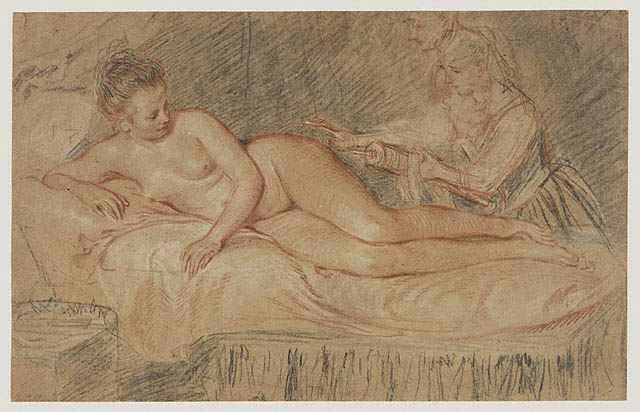
What arouses one about Watteau’s portraits of women is what makes one grieve over them — what makes one see oneself in his bewildered stage lovers and suitors. He is a profound artist, sweet and thrilling and mournful all at once.
